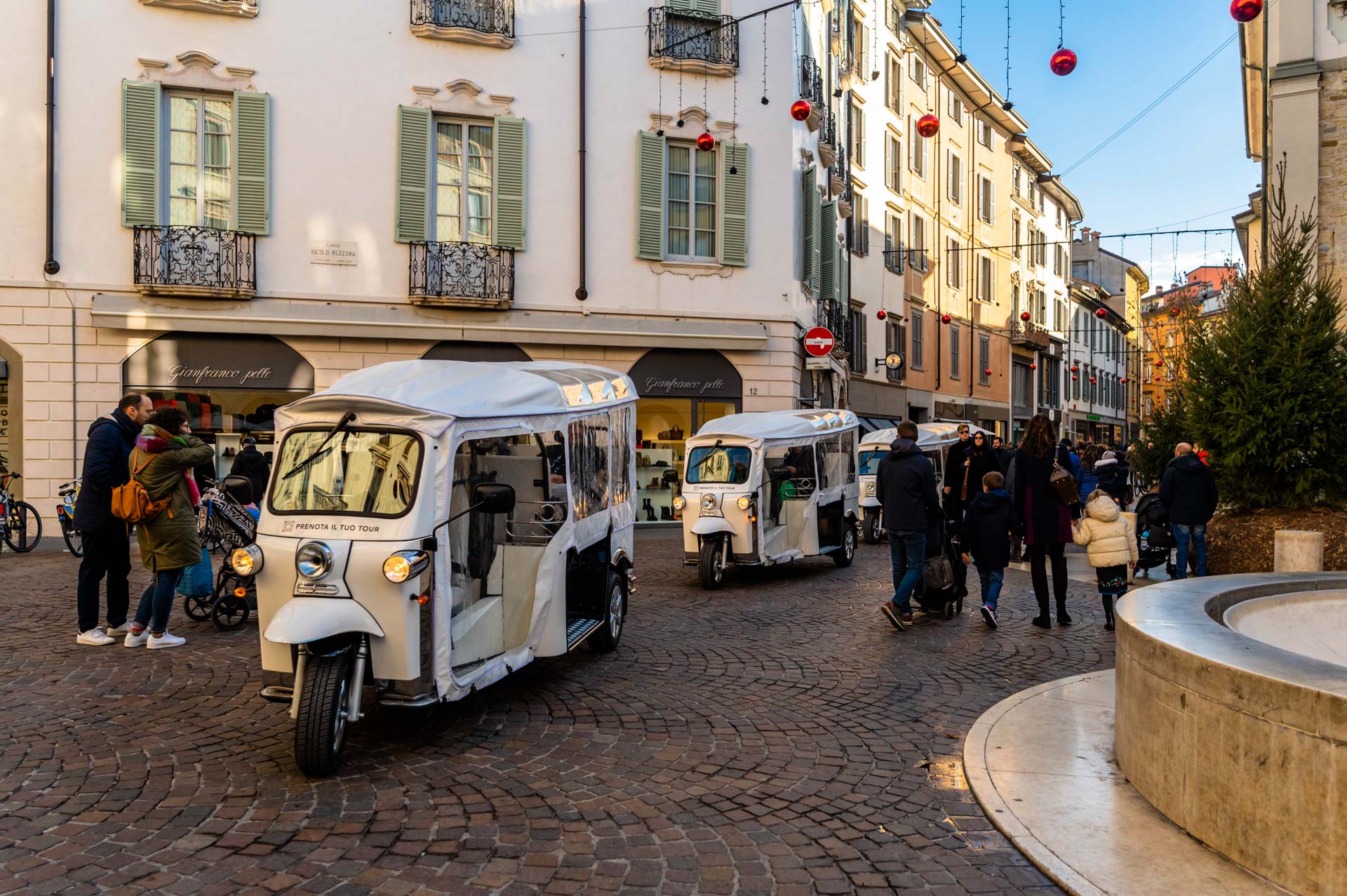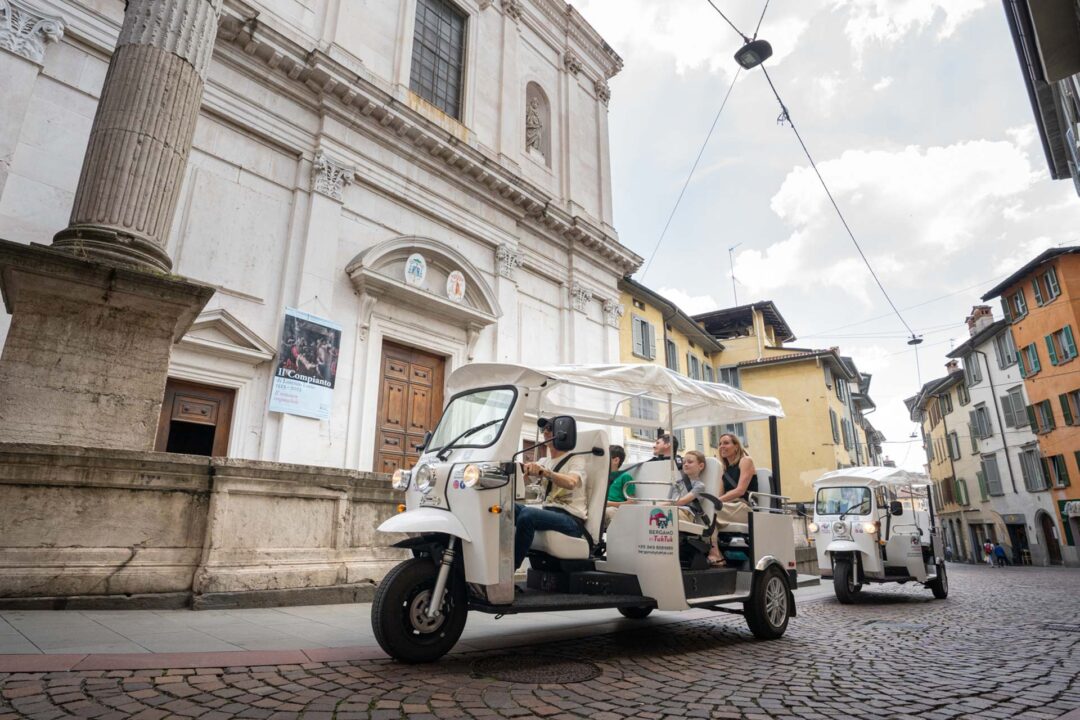

22 January 2024
Bergamo is a city located north-east of Milan, and it sits at the entrance of the Seriana and Brembana Valleys. It is one of the most important cities in Lombardy in terms of culture, industry and trade. Thanks to its rich heritage and variety of monuments and artworks, it is also one of the most important artistic centres in Lombardy.
The valley gives way to the last hills of the Orobian Pre-Alps, and there are many canals that feed the Serio river, offering a diverse landscape, between countryside and mountains. The city is called by the people of Bergamo ‘di sopra e di sotto’ (above and below) to define it as a ‘double city‘, i.e. Città Alta and Città Bassa, the Upper Town and the Lower Town.
Let’s take a dive into the past and retrace together the salient moments of Bergamo’s history.
The origins of Bergamo
Bergamo’s origins date back to the Celts, who founded a settlement in the area around 500 B.C.. Later, the city was conquered by the Romans, becoming an important commercial and military centre along the road to Milan.
During the following centuries, Bergamo experienced various dominations, including the Longobards in the 6th century and the Franks in the 9th century. During the Middle Ages, Bergamo became an independent city, divided into two parts: the Upper Town, situated on a hill and surrounded by defensive walls, and the Lower Town, which developed at the foot of that hill.
La città dei mille
Over the centuries, Bergamo was the subject of clashes between various powers, including Venice and the Duchy of Milan. Venice in particular had a strong impact on the city over the centuries, influencing its architecture, art and culture.
Bergamo is also called “La Città dei Mille” – the ‘City of the Thousand’ for the historical event known as the Expedition of the Thousand, which saw the city involved during the period of the Italian Risorgimento. In 1859, General Giuseppe Garibaldi led a military expedition to liberate the Kingdom of the Two Sicilies from the Bourbon domination. In this mission, Garibaldi gathered a group of volunteers from different Italian regions to march against the Bourbon government in southern Italy.
Bergamo and its people played a significant role in this context. Many citizens of Bergamo voluntarily joined Garibaldi’s cause, leaving for Sicily to join the Expedition of the Thousand. The cooperation of the people from Bergamo in this expedition was so significant that it became known as the ‘City of the Thousand‘, giving it a prominent role in the Italian Risorgimento.
The history of Bergamo in the 19th century
In the 19th century, Bergamo was part of the Kingdom of Italy after the unification of the country in 1861.
During the 20th century, the city experienced a significant economic and industrial growth, becoming an important manufacturing and commercial centre. Today Bergamo is renowned for its historical beauty, with the Upper Town maintaining a medieval charm with its cobbled streets, historic squares, ancient churches and well-preserved medieval walls. The city is also famous for its art, traditional cuisine and cultural heritage.
Bergamo was also heavily influenced by opera music, as it is the birthplace of Gaetano Donizetti, one of the most famous opera composers of the 19th century – the theatre bearing his name is in fact dedicated to him.
In addition to its history, Bergamo has become a popular touristic destination for visitors who like to experience its rich heritage, admire its historical monuments and enjoy the beauty of its surroundings.





